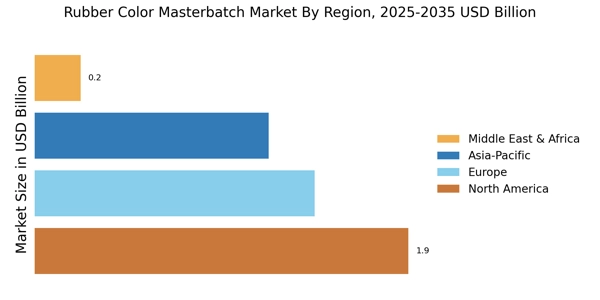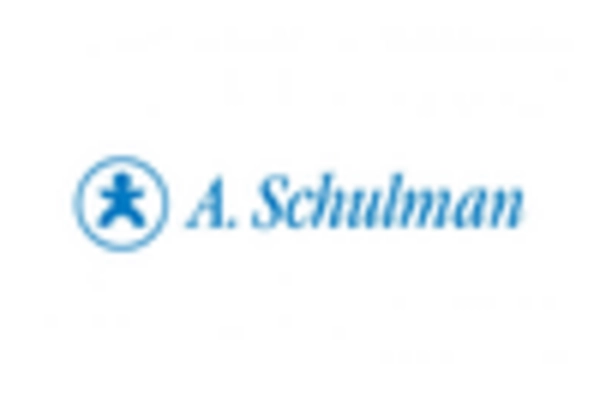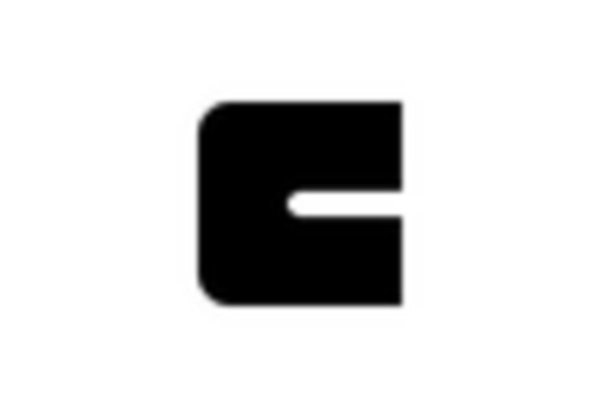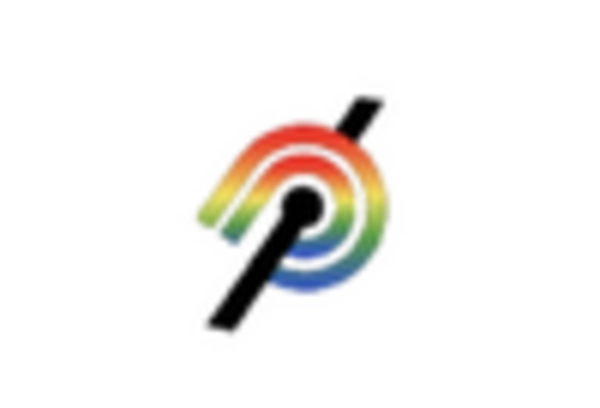The Rubber Color Masterbatch Market has become increasingly competitive as manufacturers strive to innovate and meet the rising demand for colored rubber products across various industries, including automotive, construction, and consumer goods.
This market is characterized by numerous players who are enhancing their technological capabilities, expanding their product lines, and focusing on customer-centric approaches to capture a larger market share.
The increased emphasis on environmental sustainability and the development of new formulations to meet regulatory standards are further shaping the competitive landscape.
As a result, companies in this sector are investing in research and development to create innovative solutions that not only enhance the visual appeal of rubber products but also improve their performance and longevity. As competition intensifies, players are also forging strategic alliances and partnerships to leverage capabilities and access new markets.
Dainichiseika Color and Chemicals Mfg. Co. has established a notable presence in the Rubber Color Masterbatch Market with its extensive portfolio of high-quality products. The company's strengths include its well-developed research and development infrastructure, enabling it to create customized color solutions tailored to meet specific customer requirements.
Dainichiseika's commitment to innovation is reflected in its ongoing investment in technology, which facilitates the development of advanced color masterbatches that enhance the performance characteristics of rubber applications.
Additionally, the company has a solid reputation for delivering consistent quality and reliability, which helps in negotiating long-term contracts with clients across diverse sectors. Its strong distribution network ensures efficient market penetration and customer support, further solidifying its competitive edge in the market.
Ferro Corporation has positioned itself as a competitive player in the Rubber Color Masterbatch Market by focusing on high-performance materials that meet the evolving needs of customers.
The company's strengths lie in its robust technology platform, which supports the production of specialized color masterbatches designed for various rubber applications.
Ferro Corporation leverages its extensive industry experience to provide value-added solutions that enhance product functionality while ensuring compliance with environmental regulations.
The company's commitment to customer service and technical support has enabled it to build strong relationships with clients, enhancing customer loyalty and trust.
Overall, Ferro Corporation's strategic emphasis on product innovation and customer-centric approaches markedly elevates its profile in the competitive landscape of the rubber color masterbatch sector.


















Leave a Comment